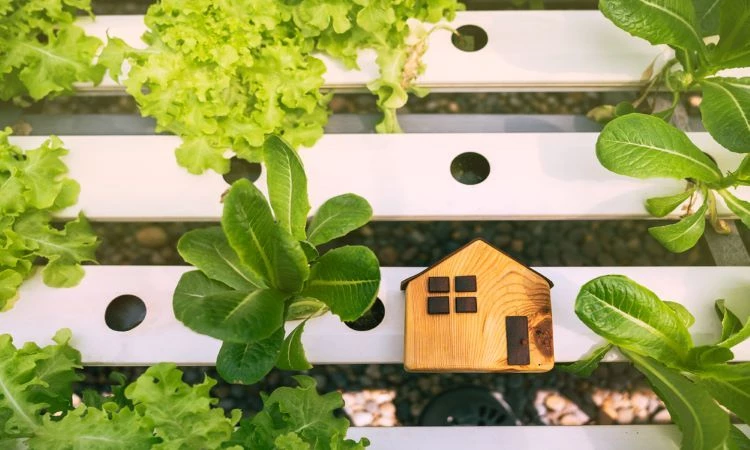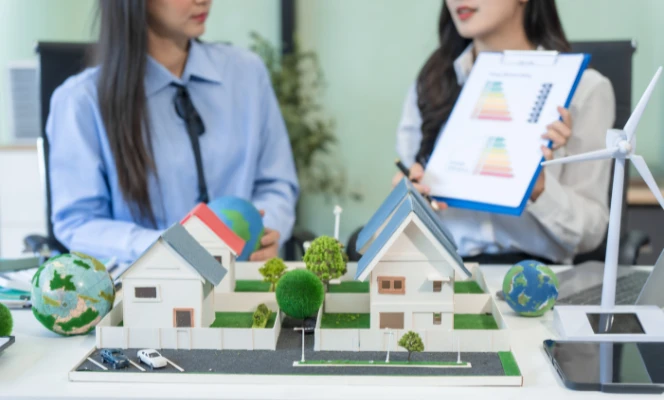How to Start Hydroponic Gardening in Your Condo
August 18, 2022

Gardening while living in a small apartment or condo can be difficult because of the lack of room for the plants and limited access to sunlight. Thankfully, condo dwellers have figured out how to grow plants indoors and make the small space available to them viable for gardening.
Still, indoor gardening has its own set of complications, which led plantitos and plantitas everywhere to turn to hydroponic gardening.
What is hydroponic gardening?
Hydroponic gardening is simply growing plants without soil, sunlight, or any specific temperature. Plants are instead anchored in a soilless mix with a solution of water and nutrients, and they can be grown using artificial light. This means you can grow your plants anywhere, even in the limited space in your condo.
In some ways, hydroponic systems are even better than traditional gardening. Because the plants are growing in the solution, they receive the nutrients they need a lot easier. They also grow faster and bigger with this method.
What plants are best for this method?
Because there are no light or temperature requirements for hydroponic gardening, you have a longer list of crops you can grow indoors as opposed to traditional gardening. However, there are still certain types of herbs and vegetables that are best for this system.
Herbs
Basil
Oregano
Peppermint
Tarragon
Green Mint
Sage
Rosemary
Cilantro
Parsley
Vegetables
Spinach
Lettuce
Tomatoes
Cucumber
Peppers
Celery
How to get started
What’s great about a hydroponic setup for indoor gardening is that it doesn’t require a lot of space or money to start. There are various hydroponic systems you can choose from, but in this article, we will focus on the easiest one you can do: the Wick System.
You’ll need:
Water
A container for the water reservoir
Hydroponic fertilizer
Seedling
Growing medium (perlite, vermiculite, or peat moss)
Growing tray
Cord for wicks (cotton or nylon)
Grow light
Follow these instructions to set up the Wick System.
1. Create the reservoir
Fill your container of choice with water and hydroponic fertilizer according to your plant’s needs. Place this reservoir underneath the tray that will be holding your crops.
2. Attach the wicks to your growing tray.
Use a drill or screwdriver to create holes in the bottom of your growing tray. Connect one or two wicks through the holes. These will soak up the water-and-nutrient solution from the reservoir below.
3. Set up the growing tray.
Put the seedlings and the growing medium in the growing tray and place it above the water reservoir.
4. Set up the grow lights.
Hydroponic gardening doesn’t require sunlight, but it still needs some kind of light for the plants to grow. You can use natural light if you have adequate space near a window, though artificial light will work just as well to grow your crops. LED and fluorescent lights are not as hot, so it’s best to stick to incandescent light bulbs. Set the bulbs 24 inches above the plants.
Share this article




